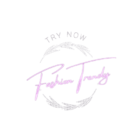In the vibrant world of fashion, colors are more than just a visual spectacle; they hold the power to evoke emotions, set moods, and communicate messages without a single word spoken. Whether you’re choosing an outfit for a special occasion or curating your everyday wardrobe, understanding color psychology can unlock a new realm of fashion creativity. Join us as we delve into the captivating world of color psychology in fashion, exploring how different hues can influence perceptions, attitudes, and even self-expression.
The Psychology of Colors: A Brief Overview
The intriguing study of how various hues can affect people’s feelings, actions, and perceptions is known as color psychology. Colors have the ability to trigger particular emotions, ideas, and reactions, frequently subconsciously. There are some universal associations that have been noticed across a variety of circumstances, despite the fact that personal preferences and cultural differences influence how colors are seen. Here is a succinct explanation of color psychology and common associations:
1.Identify Your Goals: Think about the feelings or thoughts you wish to portray through your attire. Do you want to come across as self-assured, friendly, sophisticated, or playful? You may choose the best colors to attain your goals by being aware of them.
Understanding Color Psychology Fundamentals;
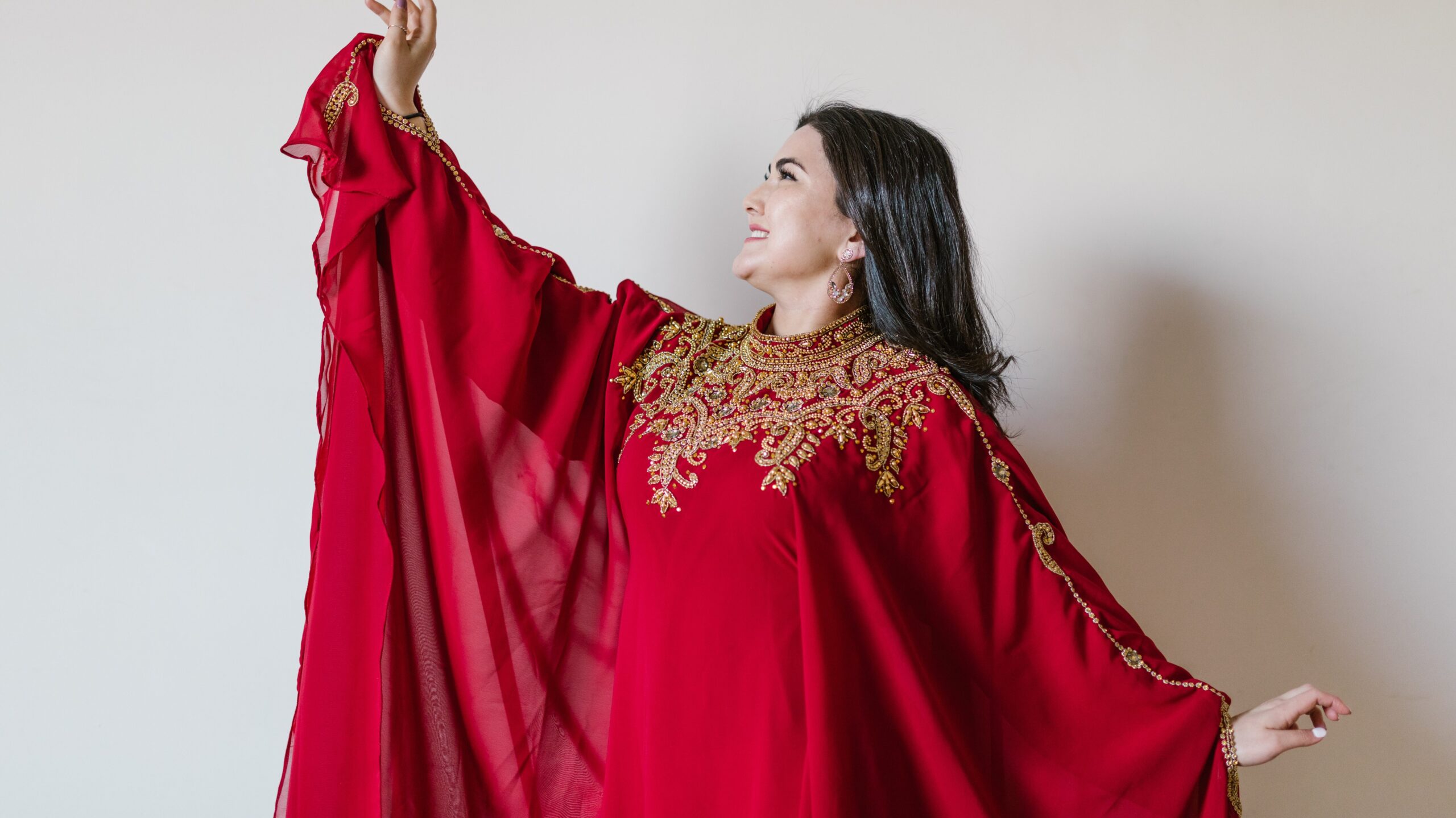
Red: The color of passion and energy, red is often associated with love, excitement, and boldness. In fashion, a red dress can exude confidence and make a powerful statement.red For instance, the color red attracts attention and stirs up powerful feelings. It stands for fervor, strength, and vitality. In terms of clothing, a red dress can exude assurance and sexiness while making a strong impression at a gathering. Blue, on the other side, represents calmness and dependability. A blue suit is a common option for work wear since it expresses professionalism and dependability.
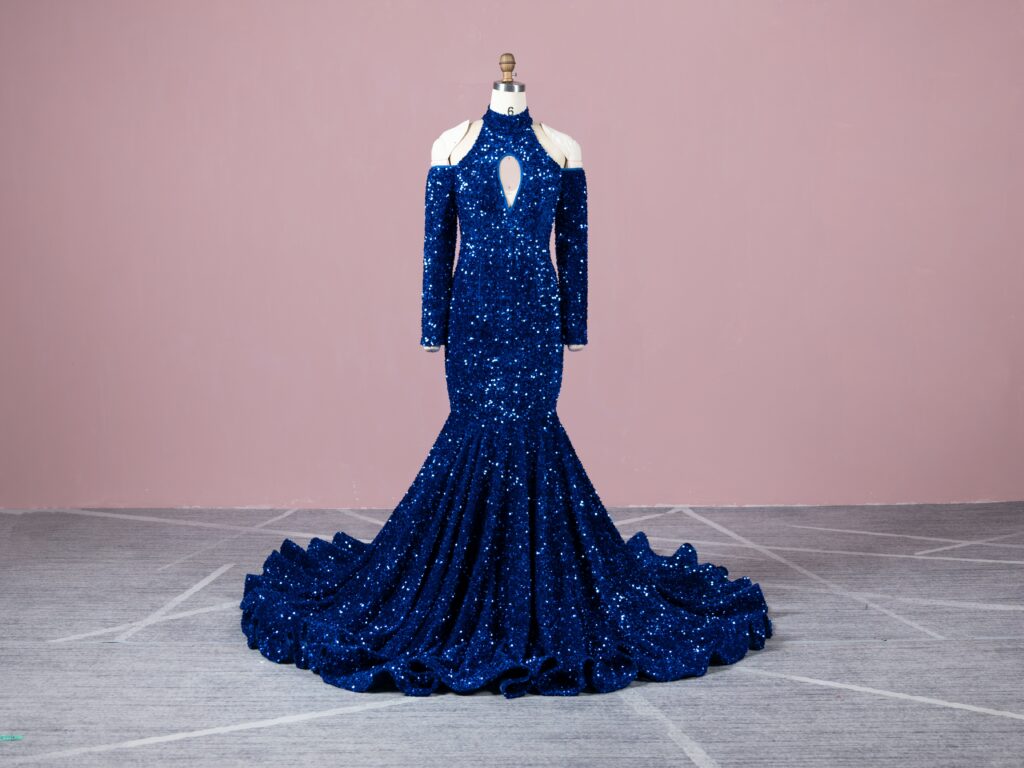
Blue: Calming and serene, blue is known to promote feelings of tranquility and trust. A blue outfit can convey professionalism and reliability, making it a popular choice for business attire.In addition to greens and purples, blue is regarded as a “cool” color. Cool hues are frequently believed to offer a calming and cooling effect, similar to a cool wind.Blue is also a color that can evoke feelings of sadness or melancholy. Expressions like “feeling blue” illustrate this relationship. It’s crucial to keep in mind, though, that not everyone will interpret blue as depressing because the emotional influence of color is subjective.

Yellow: Radiating positivity and optimism, yellow is like a burst of sunshine. Incorporating yellow accessories or clothing can instantly lift spirits and add a cheerful touch.Yellow is frequently linked to warmth, brightness, and sunshine. As a result, it frequently inspires emotions of excitement, enthusiasm, and optimism. It can help a person feel better and more optimistic.
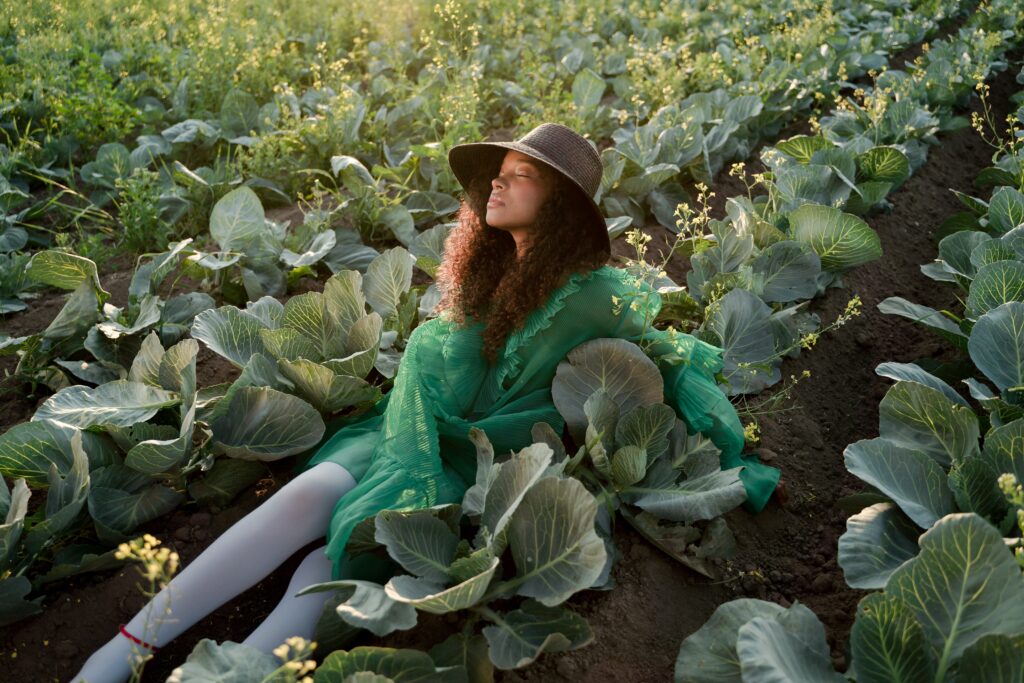
Green: Symbolizing growth and renewal, green is often linked to nature and harmony. It can represent freshness and health, making it a favorite for activewear and casual attire. Green which is frequently connected to nature, growth, and freshness, promotes balance and harmony. Green can promote sensations of rebirth and relaxation, making it appropriate for sporty and relaxed attire. Sunshine-like cheerfulness and happiness are emitted by the color yellow. It is usually used to make upbeat, colorful costumes that radiate optimism.

Purple: With an air of sophistication and mystery, purple conveys luxury and creativity. Wearing purple can evoke a sense of elegance and individuality. Purple is a symbol of creativity and richness that is frequently connected to monarchy. It’s a hue that can inspire extravagance and originality in clothing selections. Orange is a vibrant color that exudes enthusiasm and energy and symbolizes a spirit of play and exploration. It’s frequently utilized in fashion to make attention-grabbing accents.
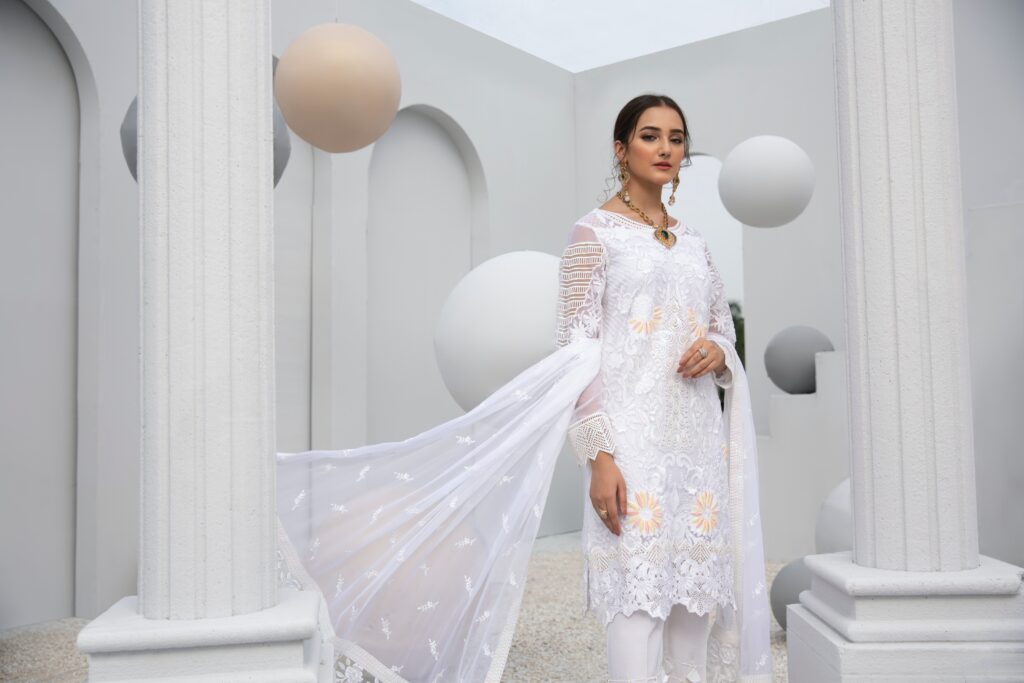
White: Stands for innocence, clarity, and simplicity. It can produce a crisp, clean appearance.White is frequently linked to cleanliness, innocence, and purity. White is traditionally used on significant events like weddings and religious rituals to signify new beginnings and a fresh start in many cultures.White can represent cleanliness, but it’s also frequently connected to institutional institutions like clinics and hospitals. Its antiseptic and sanitary overtones are to blame for this relationship.
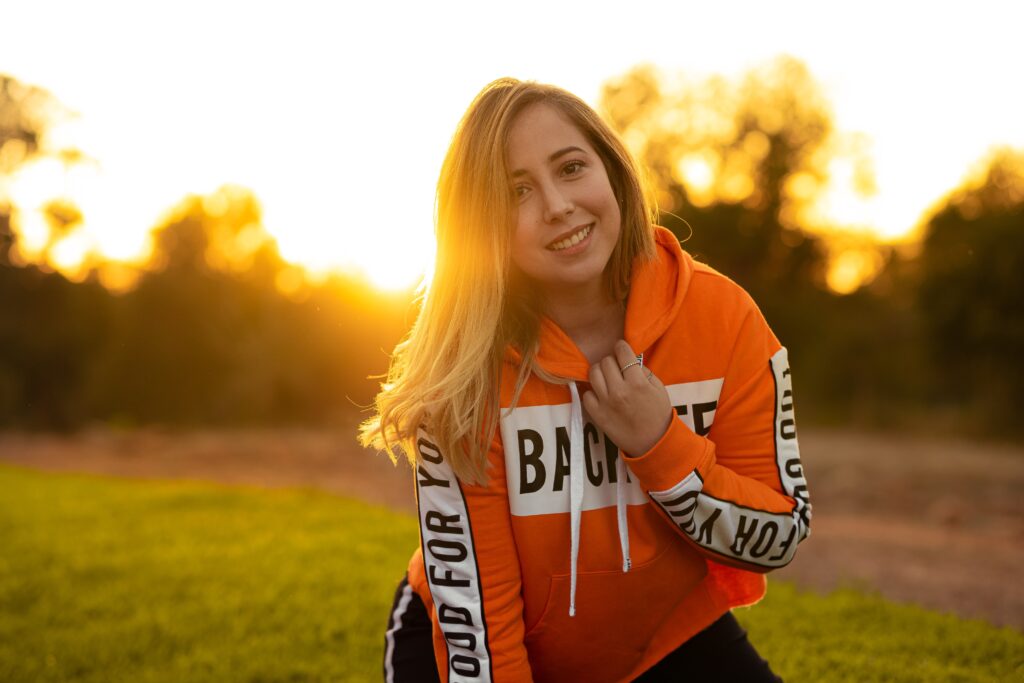
Orange: Exudes joy, warmth, and vigor. It attracts attention and could give off a welcoming vibe.High levels of vigor and enthusiasm are frequently linked to the color orange. Orange is associated with inventiveness and creativity. It can stimulate creative expression and promote original thought. This makes it appropriate for settings that promote creativity, such painting studios or brainstorming groups.
Black: Timelessly chic and versatile, black is associated with sophistication and formality. It’s a staple in many wardrobes, representing both classic elegance and edgy modernity. Black a popular colour choice, stands for sophistication, elegance, and mystery. Black attire can be adaptable and suitable for both formal and informal settings. White, on the other side, represents simplicity and purity. It can express a refined and tidy style, which is frequently seen in summertime attire and weddings.
A: Consider Your Skin Tone: Different skin tones work better with different hues than others. Try out hues that will make your skin tone look more lively and bright. Cooler skin tones might shine with jewel tones, whereas warm skin tones frequently look wonderful with earthy tones.
B:Mix and Match:Never be hesitant to mix colors to achieve various effects. While harmonizing color selections can produce a calming and polished appearance, a pop of a vivid hue against a neutral background can make a statement.
Using Color Psychology in Your Wardrobe
Conclusion
- Additionally, the use of color combinations is essential for expressing particular emotions. For instance, analogous colors like blue and purple convey a pleasant and calming feeling, while complementary colors like red and green create a vibrant contrast that captures attention. These pairings are purposefully made by fashion designers to enhance the desired emotional impact of their creations.
- colors have a deeper impact when associated with cultural and personal meanings. Colors have different meanings in countries; for instance, in Chinese culture, red is connected to luck, whereas in some Western cultures, white is connected to grief. Individual sensitivities to colors are also influenced by personal experiences and preferences. Anyone who identifies the color blue with happy childhood memories might find solace in donning it.
- In conclusion, color psychology is a significant weapon in a fashion that goes beyond simple aesthetics. By provoking emotional responses, it enables designers to delve into the human psyche and shape perceptions and interactions. Fashion may express emotions, attitudes, and narratives through the careful choice of colors and their combinations. Fashion colors are more than simply tones; they are the strokes that paint the canvas of human emotion, whether it is a bold red statement item or a serene blue set.
- Yellow is frequently linked to warmth, brightness, and sunshine. As a result, it frequently inspires emotions of excitement, enthusiasm, and optimism. It can help a person feel better and more optimistic.
- Keep in mind that context, culture, and individual experiences can all have an impact on how we see color. Additionally, color effects can be subtle and are frequently combined to evoke particular emotions or sensations. It’s crucial to think about the overall message you want to portray and the feelings you want to inspire when using color in design, marketing, or any other situation
FAQs
Q1: What does color psychology mean in relation to fashion? A1: The study of how colors can affect people’s feelings, actions, and perceptions in the context of clothing and accessories is known as color psychology in fashion. It entails comprehending the psychological effects that various colors have on people and how fashion design and styling can take advantage of these perceptions.
Q2: How can color psychology be used to influence fashion decisions? A2: Color psychology can be used to influence fashion decisions by picking hues that convey the intended message or emotional response. For instance, wearing strong colors like red or yellow might inspire emotions of vigor and confidence, whilst wearing softer hues like pastels may give off an impression that is more peaceful and inviting.
Q3.What feelings are frequently connected to particular hues in fashion?A3: Different feelings are frequently connected to particular hues. Red, for example, is associated with fervor and enthusiasm, blue, with serenity and trust, green, with development and nature, and black, with sophistication and power. These associations can influence clothing choices to convey desired emotions.
Q4: Can one’s choice of clothing colors affect how they perceive themselves? A4: Yes, the colors you wear can affect how you perceive yourself. Self-confidence can be increased and a positive self-image reinforced by dressing in hues that go with one’s personality and attitude. Contrarily, wearing hues that are incongruous with personal tastes may cause discomfort and lower self-esteem.
Q4: Can one’s choice of clothing colors affect how they perceive themselves?
A4: Yes, the colors you wear can affect how you perceive yourself. Self-confidence can be increased and a positive self-image reinforced by dressing in hues that go with one’s personality and attitude. Contrarily, wearing hues that are incongruous with personal tastes may cause discomfort and lower self-esteem.
Q5: How does cultural context affect the symbolism of color in clothing? A5: Color symbolism in fashion is greatly influenced by cultural context. Across cultures, colors can have various connotations. White, for instance, conjures up images of purity in Western culture but sadness in some Asian ones. When applying color symbolism to fashion on a worldwide scale, it is imperative to take cultural sensitivities into account.
Thank you for your visit https://fashiontrendy.in
